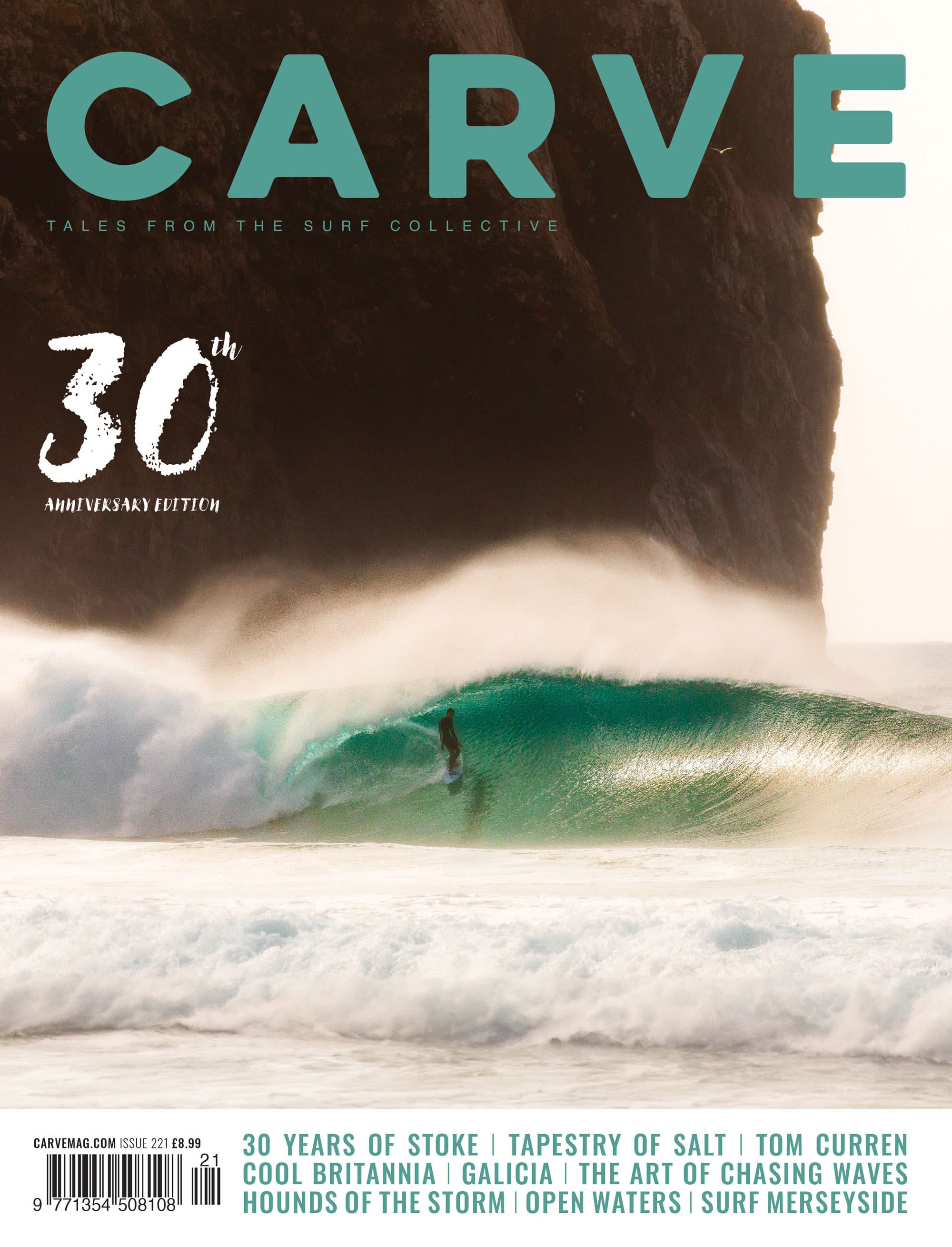Mr Surfy Cafe boss Steve Pratt from Polzeath was left with horrific wounds when a surfer bailed his board resulting in a six-inch gash that required hospital treatment yesterday.
Mr Pratt said;
“This guy just bailed. I don’t know why – he might have thought the wave was too big. But by just jumping off his board the way he did, he sent it flying straight at me. I had no chance to get out of the way – he was only feet away – and it cracked me right on the top of my head. It was unbelievably painful and when I put my hand up to feel the damage, I could see straight away that I was covered in blood.
“There’s a basic rule, or code, that every surfer learns – you must try to keep control of your board. If he’d just held on to his board he’d have been OK and so would I. Instead I ended up in A&E having to have my head glued back together. Actually it could have been worse – it might have caught me in the eye, or I could have lost some teeth. Fast-moving surfboards can pack quite a wallop. It’s almost scalped me.”
Mr Pratt says the surfer who injured him didn’t apologise or stop to see if he was badly hurt. I shouted at him and said ‘You’ve just whacked me!’ and put my hand up to show him the blood. I caught the next wave in and was expecting him to follow to at least see how I was but he didn’t.
“It’s a bit like hitting someone with a car – you have a responsibility to stop and see if the other person is OK.
Last month surf instructed Rob Small issued some fine advice for SUP’er on Carvemag which fits equally well with learners or intermediates on longer boards. If you are an experienced surfer please pass on the code to others you. A quiet word often solves the problem.
1) Be aware of your equipment!
Longboards, 10’ boards, 2m carbon paddles, and long leashes all increase the ‘kill zone’ after a wipeout or when caught inside. It can easily be 20 feet before considering any of the dragging action of waves. Add that into the equation and after a wipeout you could easily hit someone who was 30 feet shoreside when you fell off.
Be aware of who is around you at all times and position yourself safely.
If you get caught inside don’t just ditch your board! Make sure nobody is going to get hit if you bail. If there are a lot of crew out turn around, catch the foam in and get out of the way.
If you can’t make a section ride the whitewater out and always retain full control of your board.
Always use a leash.
2) Minimise the risk – Be aware of the surfing environment.
Is it crowded? Are there lots of children or beginner surfers in the water? Is the lineup very open or compressed into a small area? Are the waves suitable for your level of surfing? Are there bigger sets cleaning everyone up?
Just take a minute and think about these things before you paddle out. If you’re unsure about anything either give it a miss or find an uncrowded spot or smaller wave away from the pack.
3) Be aware of your level.
Pushing the envelope is part of why we do these things but overestimation of our abilities will lead to trouble, be it a crushing blast of humility or worse, someone off to A&E with you as the responsible party. There’s plenty of opportunity for heroics when you’ve done the time and acquired the skills.
4) Be aware of right of way rules.
Closest to the peak has priority. Watch what’s going on and take your turn!
Don’t impede someone’s ride by paddling over the shoulder to avoid getting hit by the whitewater and getting in the way. Take the hit, but do so being aware of those around you. (see above)
Don’t drop in!
Don’t run people over!
Full story here






